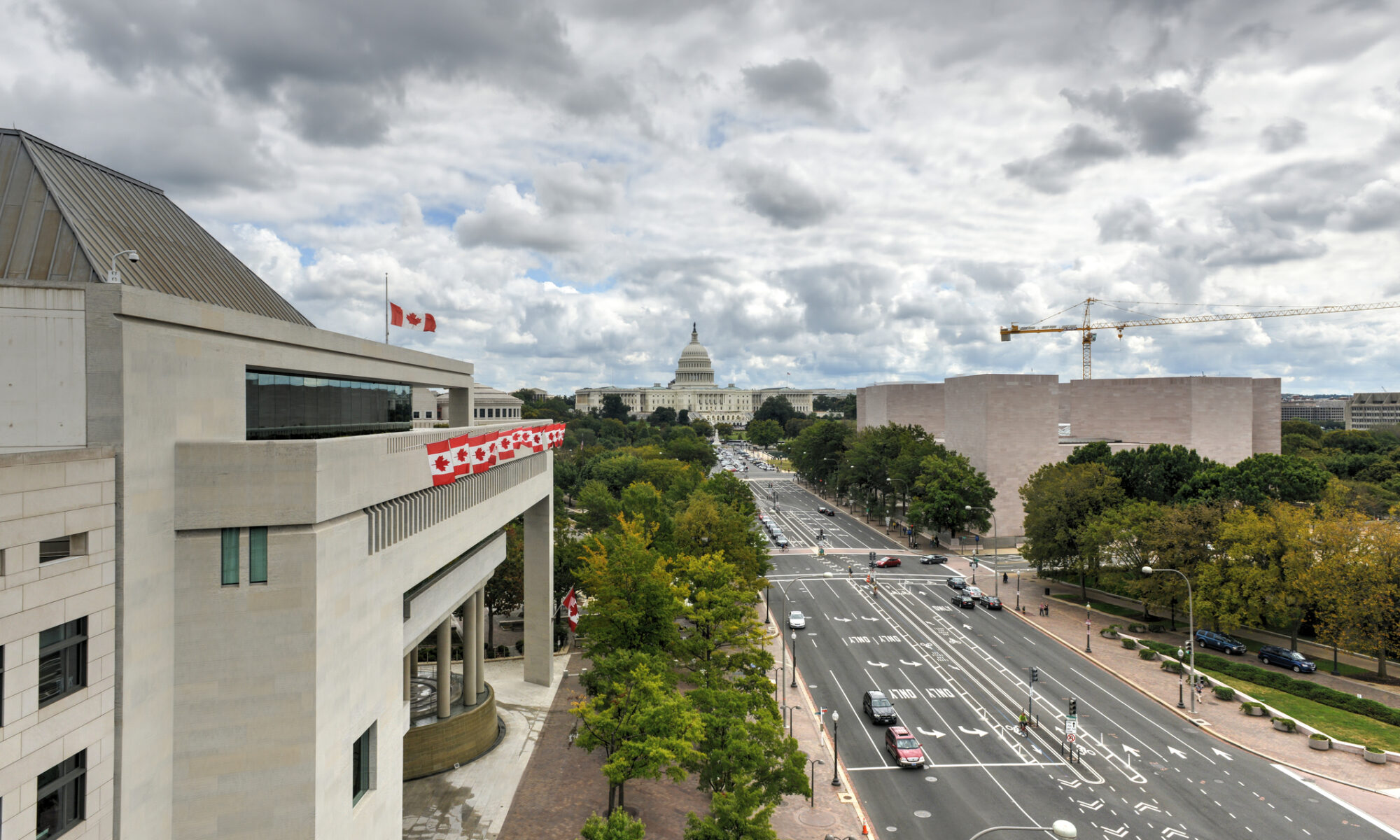
‘Team Canada’ needs a rethink
Canada’s initial response to President Donald Trump’s threats of tariffs and annexation left much to be desired. As we grappled with the shock of betrayal by our closest ally and economic partner, Canadian responses were uncoordinated, unaligned, and frankly, chaotic.
Former prime minister Justin Trudeau’s resignation left a federal leadership vacuum. Provinces and other players began taking outsized roles in bilateral relations. Premiers made separate trips to Washington and Mar-a-Lago, each advocating their province’s importance to American prosperity, jobs and economic growth. The phrase “Team Canada” was bandied about, but carried little water as the cracks in the federation were laid bare — and the Trump administration was quick to seize opportunity where we faltered.
There are tensions that need to be examined within Canada — between provinces and the federal government, and between governments and every other key actor in Canada. With things left unsaid, we can’t get to what truly matters — working together in the national interest, especially in the face of danger to our national sovereignty.
The solution is straightforward: we must reimagine Team Canada. The concept of Team Canada originated under Prime Minister Jean Chrétien. He led a series of coordinated global trade missions involving premiers and business delegations. The original aim was to expand trade beyond the United States into Asia, Europe and Latin America. They ultimately strengthened working relationships between Canadian leaders and sparked hundreds of millions of dollars worth of trade deals with other countries.
It’s clear that when Canada pursues coordinated approaches, seeking input from provincial-territorial and Indigenous leaders, business, labour and others — like during the NAFTA renegotiations in Trump’s first term — we have achieved positive outcomes. Yet, afterward, governments typically retreat to isolated positions.
Today, our relationship with the United States is under unprecedented threat, and we need to dust off that playbook and intensify efforts to expand our markets abroad and apply the lessons of Team Canada at home as well. We need Team Canada to practice together during the off season, not simply show up for the playoffs. We need a true institutionalization of Team Canada — not because we love process, but because Team Canada needs to be enduring, so it will continue to pay dividends in this crisis and future ones.
In a few weeks, Canada will elect a new prime minister and Parliament in an election that is focussed on dealing with the American threat. One of the first things our new government should do is to ensure that Canadians, their governments and other leaders all work together with a stronger, reimagined Team Canada approach. And this sentiment needs to outlive the next government, and the one after; it needs to be a ‘sticky’ arrangement that has staying power.
It means Canada shows up as one. Federal and provincial governments, Indigenous communities, businesses, labour organizations and civil society must consistently collaborate to address our core challenge: weak economic growth exacerbated by U.S. disruptions.
Canadians have already shown potential unity through individual responses to U.S. tariffs, such as buying Canadian and skipping U.S. travel. But as the public narrative moves on to the next crisis, we need to capture, grow and sustain this Canadian spirit.
Achieving genuine unity demands better coordination, managing competing priorities and political agendas, and must be driven by all of us. Though consensus on every issue or tactic may be impossible, we must agree that pan-Canadian interests are greater than the sum of their parts.
Resolving interprovincial trade barriers and dismantling internal impediments to productivity and competitiveness is crucial. Accelerating development in energy, mining and infrastructure projects, while diversifying global trade routes, will unlock Canada’s economic potential. The thing is, while you can do these things without a reimagined Team Canada, you surely cannot do them as well and as quickly.
While we have mechanisms like First Ministers Meetings and the Council of the Federation, Canadian federal-provincial cooperation remains limited compared to other federations. And Indigenous leaders, business and other stakeholders are often included on a piecemeal basis, if at all, in their deliberations. By contrast, Australia has a robust National Cabinet, created during COVID, where the Prime Minister and State premiers meet on a regular basis to discuss major national challenges.
A revitalized Team Canada won’t resolve all policy disagreements, but it will mobilize nationwide efforts against threats to our sovereignty and economy. We need a Canada that can show up together with one voice, whether in confronting challenges from the United States or pursuing new opportunities in Europe, Asia and beyond. If we can agree on the problem, we can work to solve it together. Elbows up, Team Canada.


